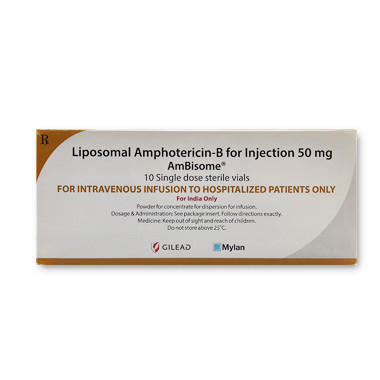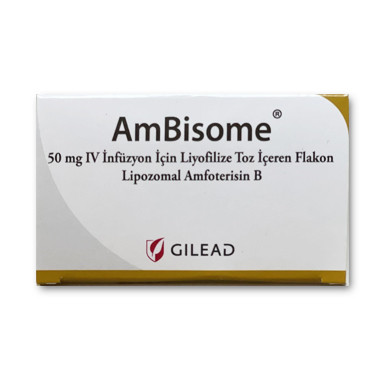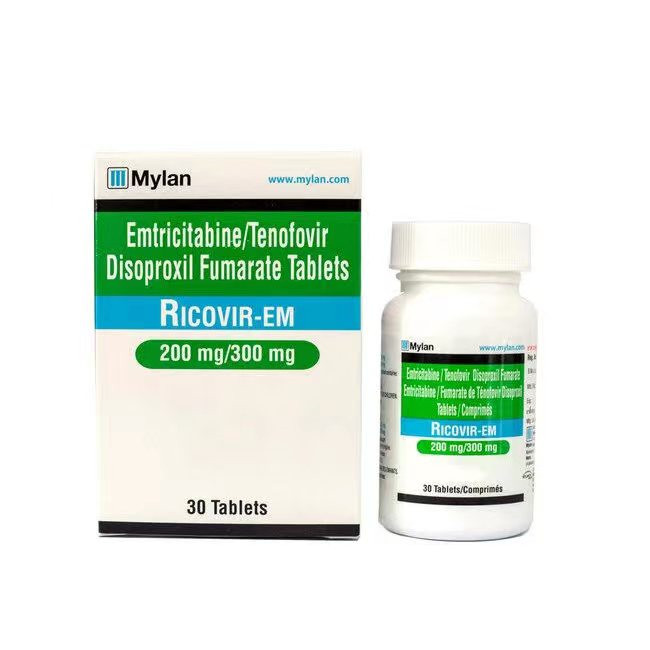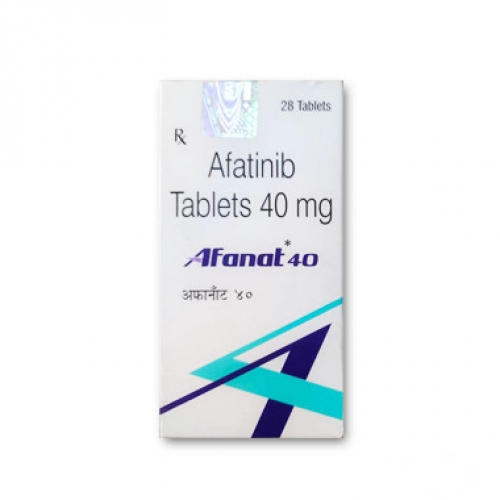Ambisome(安必素)安必松的适应症、用药注意事项及禁忌,Ambisome(AmBisome)适用于患有深部真菌感染的患者;因肾损伤或药物毒性而不能使用有效剂量的两性霉素B的患者,或已经接受过治疗无效的患者均可使用。Ambisome(AmBisome)的注意事项:1.如果发生严重的变态反应或过敏/类过敏反应,应立即中止输注。2.在服用含两性霉素B的产品期间,可能会发生其他与输液有关的严重反应。3.如果临床上出现肾功能显著下降或其他参数恶化,则应考虑减少剂量,中断治疗或中止治疗。4.在白细胞输注期间或之后不久,服用两性霉素B会可能出现急性肺毒性。5.对于糖尿病患者而言,每个小瓶中的AmBisome均含约900mg蔗糖。治疗糖尿病患者时应考虑到这一点。
Ambisome (安必松) is a medication commonly used for the treatment of fungal infections. It is an antifungal medication that contains the active ingredient amphotericin B. Ambisome is specifically designed to be a lipid-based formulation of amphotericin B, which helps enhance its efficacy and reduce toxicity. In this article, we will explore the indications for Ambisome, important considerations for its use, and contraindications.
1. Indications for Ambisome
Ambisome is primarily used for the treatment of serious, invasive fungal infections caused by various fungi, including:
Cryptococcal meningitis: Ambisome is considered the treatment of choice for cryptococcal meningitis, a potentially life-threatening infection of the brain and spinal cord caused by the fungus Cryptococcus neoformans.
Invasive aspergillosis: This is a severe infection caused by the fungus Aspergillus, which commonly affects individuals with weakened immune systems, such as those undergoing chemotherapy or organ transplantation.
Disseminated candidiasis: Ambisome can be used to treat invasive candidiasis, a systemic infection caused by the yeast Candida that can affect various organs in the body.
Visceral leishmaniasis: Ambisome is also indicated for the treatment of visceral leishmaniasis, a parasitic infection caused by Leishmania species, which primarily affects the liver, spleen, and bone marrow.
2. Important considerations for Ambisome use
When using Ambisome, several important considerations should be kept in mind:
Dosage and administration: Ambisome is administered intravenously (IV) and the dosage is determined by the patient's weight, type of infection, and severity of the condition. It is typically given once daily.
Precautions for administration: Ambisome should be administered by healthcare professionals in a controlled clinical setting, as it may cause infusion-related reactions. Patients may experience fever, chills, headache, or abnormal blood pressure during or after the infusion.
Kidney function monitoring: Ambisome can be associated with kidney toxicity. Regular monitoring of kidney function, including blood tests to assess creatinine levels, is essential during treatment.
Other potential side effects: Ambisome may cause other adverse effects, including anemia, low potassium levels, liver dysfunction, and allergic reactions. Any unusual symptoms should be promptly reported to the healthcare provider.
3. Contraindications of Ambisome
While Ambisome is effective in treating fungal infections, it may not be suitable for everyone. The following conditions are considered contraindications for the use of Ambisome:
Hypersensitivity: Ambisome should not be used in individuals who have a known hypersensitivity or allergy to amphotericin B or any of the lipid components of the formulation.
Significant kidney impairment: Ambisome is primarily eliminated through the kidneys. Therefore, it is contraindicated in patients with severe kidney dysfunction or a history of significant nephrotoxicity associated with amphotericin B.
Pregnancy and breastfeeding: The use of Ambisome during pregnancy or breastfeeding should be carefully evaluated by the healthcare provider, weighing the potential risks and benefits.
In conclusion, Ambisome is a lipid-based formulation of amphotericin B used for the treatment of serious fungal infections. It is effective against cryptococcal meningitis, invasive aspergillosis, disseminated candidiasis, and visceral leishmaniasis. However, its administration requires close monitoring and precautions due to potential side effects and contraindications. It is crucial to consult with a healthcare professional for proper assessment and guidance regarding the use of Ambisome.









